As a child, I read a lot of book series – The Chronicles of Narnia, everything by Enid Blyton, Harry Potter, and even, embarrassingly, the Babysitter Club books as a tween – but I definitely gravitate more towards standalone novels as an adult. However, recently I began Elly Griffiths’ Ruth Galloway series, about a forensic archaeologist in Norfolk, who assists the local police in all manner of grisly cases. I realised that I very much enjoy the gradual character arcs which such a series brings, and am eagerly awaiting the newest instalment=.
This led me to think about the fictional series which I have actually read the majority of as an adult, and I wanted to piece together a post which showcases my favourites. I have tried to be as varied as possible, but the majority of series which I have read are crime-related; this is great, I suppose, if you are partial to a detective story, but I have tried to focus on the slightly more unusual, or lesser known, series here. Of course, I love the Miss Marple stories – and have read every single one – but I decided not to include them, as they are so well known.
1. The Ruth Galloway Series by Elly Griffiths

As I have mentioned above, Ruth Galloway is a forensic archaeologist, who works as a lecturer at the fictional University of North Norfolk (UNN). In the first book, she begins to assist the police with forensics in a case, and soon becomes one of the people they call on to help. Along with the rather awful cases which come up in each book – the murder of a young girl in The Crossing Places (book number one), and six bodies found at the foot of a remote cliff in The House at Sea’s End (book three) – there is also a running storyline of Ruth’s brief affair with married policeman, Harry Nelson. The character development here is impressive, and every single novel has kept my interest. I would highly recommend starting the series if you’d like something with elements of the detective novel, but which is rather different in its approach.
Start with: The Crossing Places, as these books do need to be read in order
My favourite from the series: The Crossing Places, The Outcast Dead (book number six), and The Dark Angel (book number 10)
2. The Cazalet Chronicles by Elizabeth Jane Howard

I have only read the first three books of this series so far, but I absolutely adore them. I am writing this post ahead of time (thank goodness for WordPress’ scheduling abilities!), so hopefully by the time this is published, I will have read the five book cycle. The novels display a family, the Cazalets, in all of their trauma and their glory. There are many characters, but each is distinctive. The first novel, The Light Years, begins in 1937, when the Second World War ‘is only a distant cloud on Britain’s horizon’, and the final book, All Change, is set during the 1950s. I am so looking forward to seeing where this series takes me, and what happens to my favourite characters as they change and grow.
Start with: The Light Years; this cycle is chronological, and also needs to be read in order
My favourite from the series: Marking Time (book number two)
3. The Pilgrimage Cycle by Dorothy Richardson

I started reading Dorothy Richardson’s excellent Pilgrimage cycle in January 2016, with the first book, Pointed Roofs. The novels, written in the stream-of-consciousness style, follow a young woman named Miriam Henderson. They are beautifully written, and enlightening. I had planned to write my research Master’s thesis about the novels, but my supervisor was already working on such a project with another student. Regardless, these are wonderful books to study, as there is so much to look at. I have not finished the thirteen novels which make up Pilgrimage yet, as I have had trouble getting my hands on the later volumes. I am pretty sure that I will love them, though.
Start with: Pointed Roofs, as this series also needs to be read in order
My favourite from the series: Pointed Roofs (book number one), and Backwater (book number two)
4. The Rougon-Macquart Cycle by Emile Zola

Emile Zola is a wonderful author, and one whom – perhaps controversially – I do not feel is read enough. I am not very far through the Rougon-Macquart Cycle, but I have loved each tome from it which I have read to date. A great thing about the series is that it does not need to be read in any order, given that the characters differ from book to book. I started reading this whilst studying at King’s College London, when The Ladies’ Paradise (book number eleven) was one of the books on my reading list. I absolutely adored it, and have been (very slowly) working my way through since.
Start with: whichever you like, although I would highly recommend The Ladies’ Paradise! Nana (book number nine) would be a good starting point too
My favourite from the series: The Ladies’ Paradise
5. The Gervase Fen Mysteries by Edmund Crispin

Edmund Crispin is an excellent writer of vintage mysteries, and I have thoroughly enjoyed this series so far. They are entertaining, filled with fascinating characters, and clever mysteries. I really like the character of Gervase Fen, an ‘unconventional’ Oxford University don whom we first meet in The Case of the Gilded Fly. Fen is also an amateur detective, and likes nothing more than taking a strange case to its conclusions. Again, I do not feel as though this series needs to be read in order, so choose whichever tome you want to begin with.
Start with: the mystery which appeals to you most.
My favourite from the series: The Moving Toyshop (book number three)
6. The Fairyland Cycle by Catherynne M. Valente

These books are a little more unusual, and nothing which I would ordinarily choose to read, as I steer clear of fantasy novels as a general rule. Catherynne M. Valente’s novels, though, are beautiful, with excellent word choices, and unusual prose. The stories in this series are imaginative, and I love the way in which she weaves together the everyday and the strange, to make something quite compelling. The long chapter titles, too, are very appealing.
Start with: The Girl Who Circumnavigated Fairyland in a Ship of Her Own Making, the first book in the series. There is a continuous thread of story here, so the books do need to be read in order.
My favourite from the series: I like them all equally.
7. Tommy and Tuppence by Agatha Christie

I feel that Agatha Christie’s Tommy and Tuppence stories are far less well known than the likes of her Miss Marple and Hercule Poirot. The stories were televised a few years ago, but I have not watched them, as I cannot imagine David Walliams in the title role. Regardless, the stories are clever – in true Christie fashion, of course – and they keep one guessing throughout. Tommy and Tuppence also feel rather different to her more famous characters.
Start with: your choice; again, I do not feel that these books need to be read in any particular order.
My favourite from the series: The Secret Adversary (book number one)
8. Wildwood Chronicles by Colin Meloy
The frontman of one of my favourite bands, The Decemberists, Colin Meloy started releasing books in the Wildwood trilogy back in 2011. This imaginative series is set in Portland, Oregon, in ‘a dense, tangled forest’ at the edge of the city. Here, a young girl named Prue McKeel ventures after her baby brother is snatched by a murder of crows. It sounds strange, and it is, but as with his songs, Meloy’s choices of vocabulary are gorgeous and rich, and his stories come together so well.
Start with: Wildwood, the first book in the series. These stories do need to be read in chronological order.
My favourite from the series: Wildwood
Have you read any of these series? Do you have anything to recommend to me along this vein?









































 2. Sophie’s Misfortunes by Comtesse de Ségur
2. Sophie’s Misfortunes by Comtesse de Ségur
 4. The Bright Hour: A Memoir of Living and Dying by Nina Riggs
4. The Bright Hour: A Memoir of Living and Dying by Nina Riggs
 6. The Overstory by Richard Powers
6. The Overstory by Richard Powers

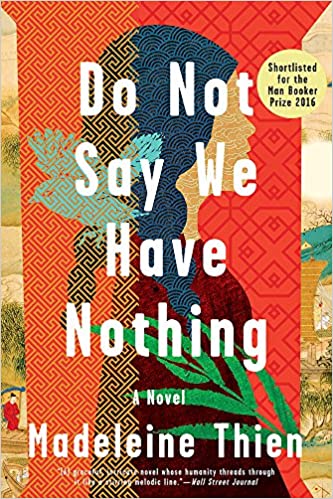
 10. Sorry, Not Sorry by Haji Mohamed Dawjee
10. Sorry, Not Sorry by Haji Mohamed Dawjee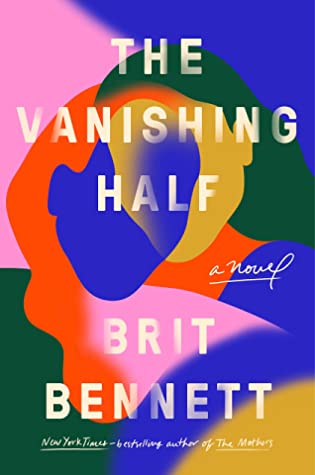
 2. Long Bright River by Liz Moore
2. Long Bright River by Liz Moore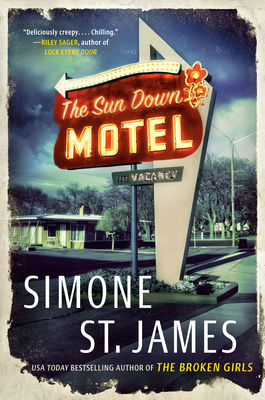
 4. All Adults Here by Emma Straub
4. All Adults Here by Emma Straub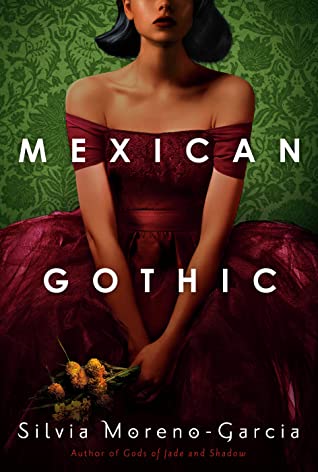
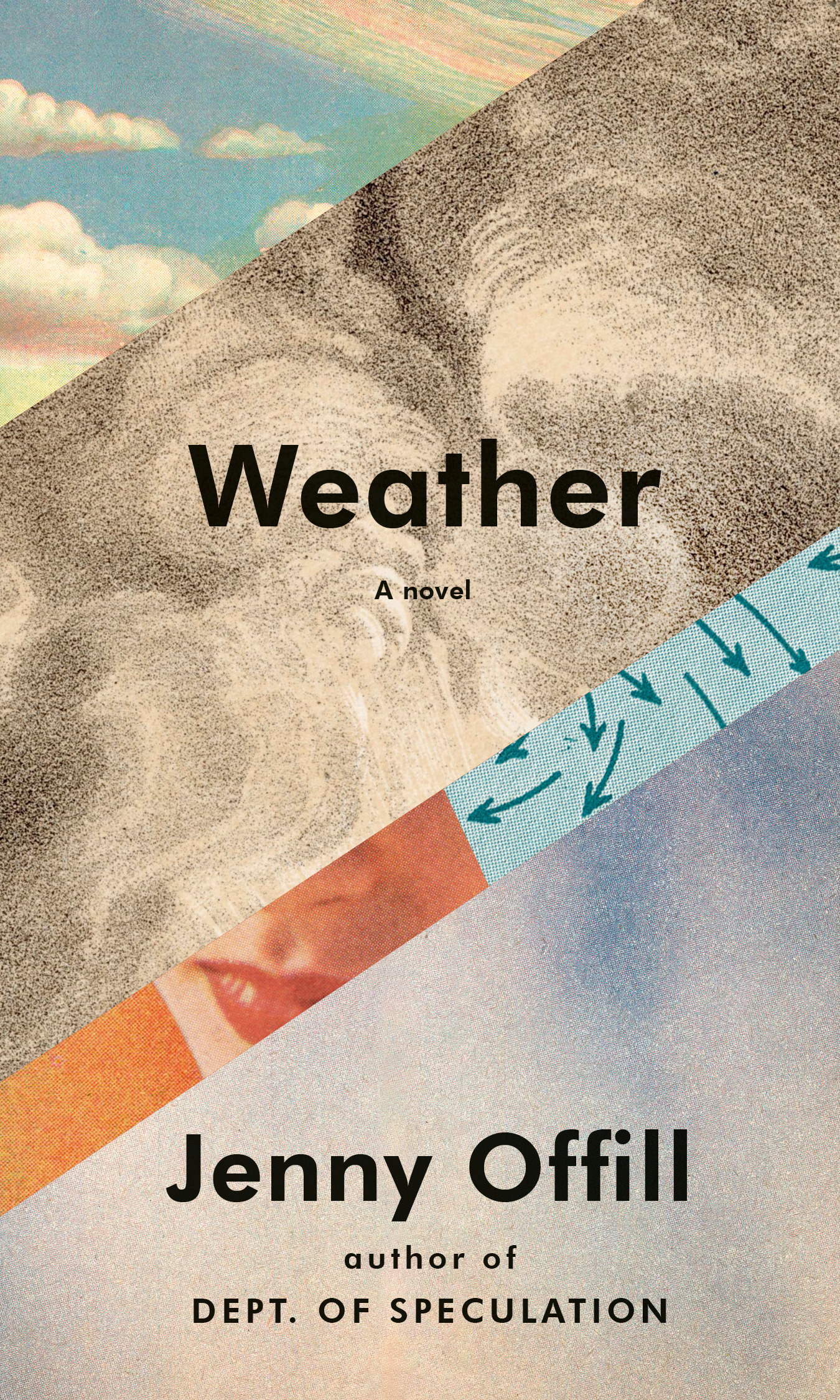 6. Weather by Jenny Offill
6. Weather by Jenny Offill
 8. The Mirror and the Light by Hilary Mantel
8. The Mirror and the Light by Hilary Mantel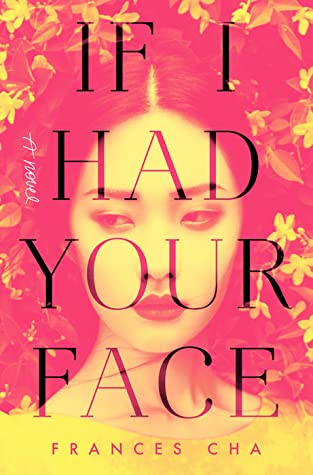
 10. Exciting Times by Naoise Dolan
10. Exciting Times by Naoise Dolan
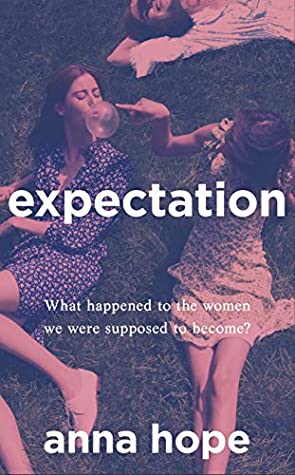 2. Expectation by Anna Hope *****
2. Expectation by Anna Hope *****
 4. Normal People by Sally Rooney *****
4. Normal People by Sally Rooney *****
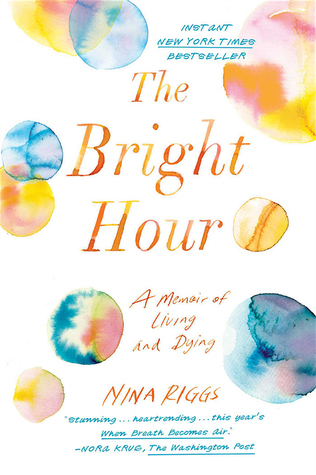 1. The Bright Hour: A Memoir of Living and Dying by Nina Riggs *****
1. The Bright Hour: A Memoir of Living and Dying by Nina Riggs *****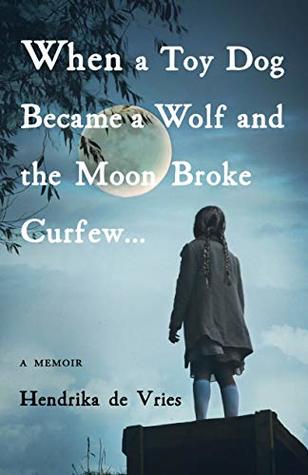 ****
****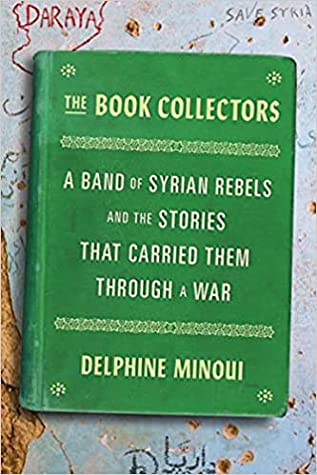 3. The Book Collectors: A Band of Syrian Rebels and the Stories That Carried Them Through a War by Delphine Minoui ****
3. The Book Collectors: A Band of Syrian Rebels and the Stories That Carried Them Through a War by Delphine Minoui ****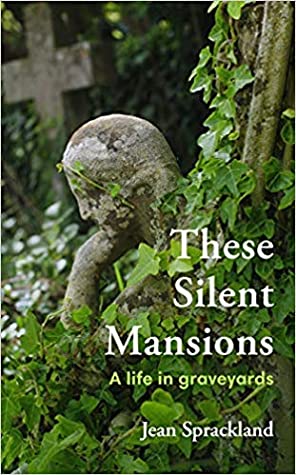
 5. Shadow City: A Woman Walks Kabul by Taran N. Khan ****
5. Shadow City: A Woman Walks Kabul by Taran N. Khan **** 1. Making History by Stephen Fry
1. Making History by Stephen Fry
 3. Radiance by Catherynne M. Valente
3. Radiance by Catherynne M. Valente
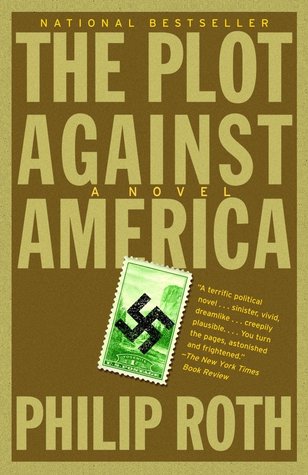 5. The Plot Against America by Philip Roth
5. The Plot Against America by Philip Roth
 7. Blackout by Connie Willis
7. Blackout by Connie Willis